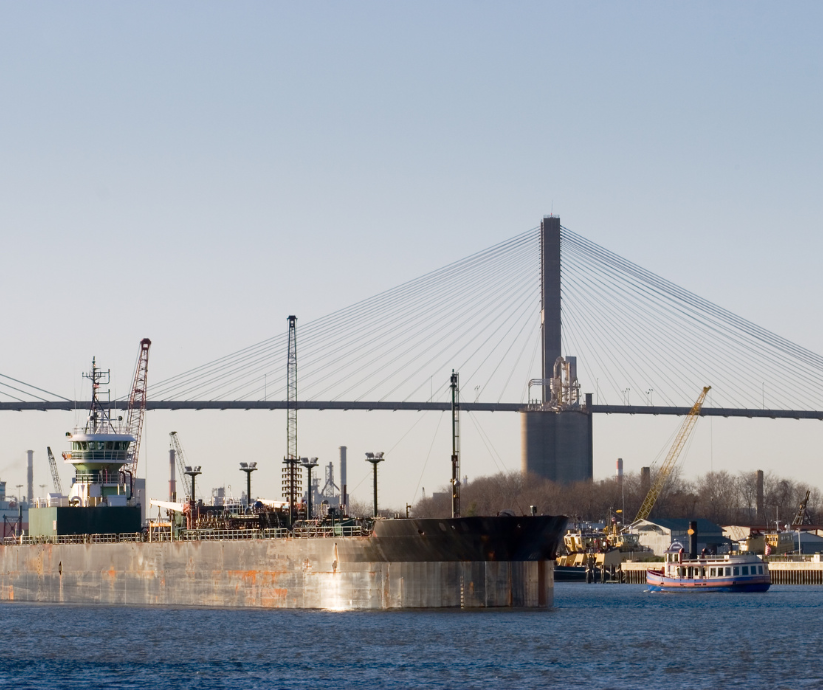The Port of Savannah is just one stop on the global supply chain that affects product distributors and consumers. To improve the speed and accuracy of the transportation of goods, the Port of Savannah is going through some significant changes.
Port of Savannah Improvements
The Port of Savannah had a very busy summer, although experts predict a slowdown for quarter four of 2022. Overall imports continue to increase by roughly 9% each year.
The Port of Savannah is undergoing major improvements to accommodate additional shipments and move larger amounts of consumer goods through the port.
The first change is that the port is expanding the Garden City Terminal to handle six 14,000-TEU ships simultaneously. As the third-largest container gateway in the U.S., this will allow the port to funnel a much higher volume of Asia imports into the U.S. The entity making the changes is the Georgia Ports Authority which is in charge of the Garden City Terminal
1
and works in conjunction with the Class I railroads, Norfolk Southern Railway, and CSX Transportation.
Additional changes include adding new rail and berth projects to boost the total number of ship-to-shore cranes. The expansion plans will improve efficiency and expand the port’s ability to handle more freight and quickly move higher volumes of goods through the gateway. Additionally, the port authority is changing its rules about storing empty containers (lowering the number of allowed empty containers) to use the limited space more efficiently.
For the past twenty years, the Port of Savannah has grown to become the third largest port in the world by attracting big box retailers and product distributors. The proposed expansion will continue to allow the Port of Savannah to dominate within the realm of e-commerce and intermodal rail, making it an essential link in the global supply chain.








